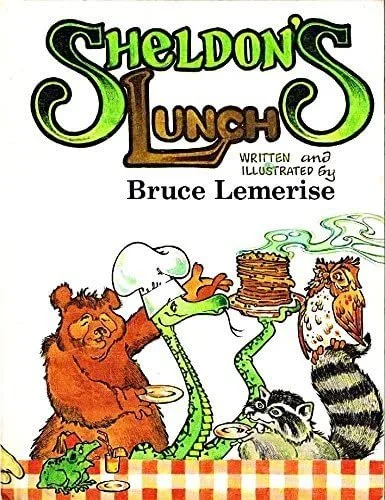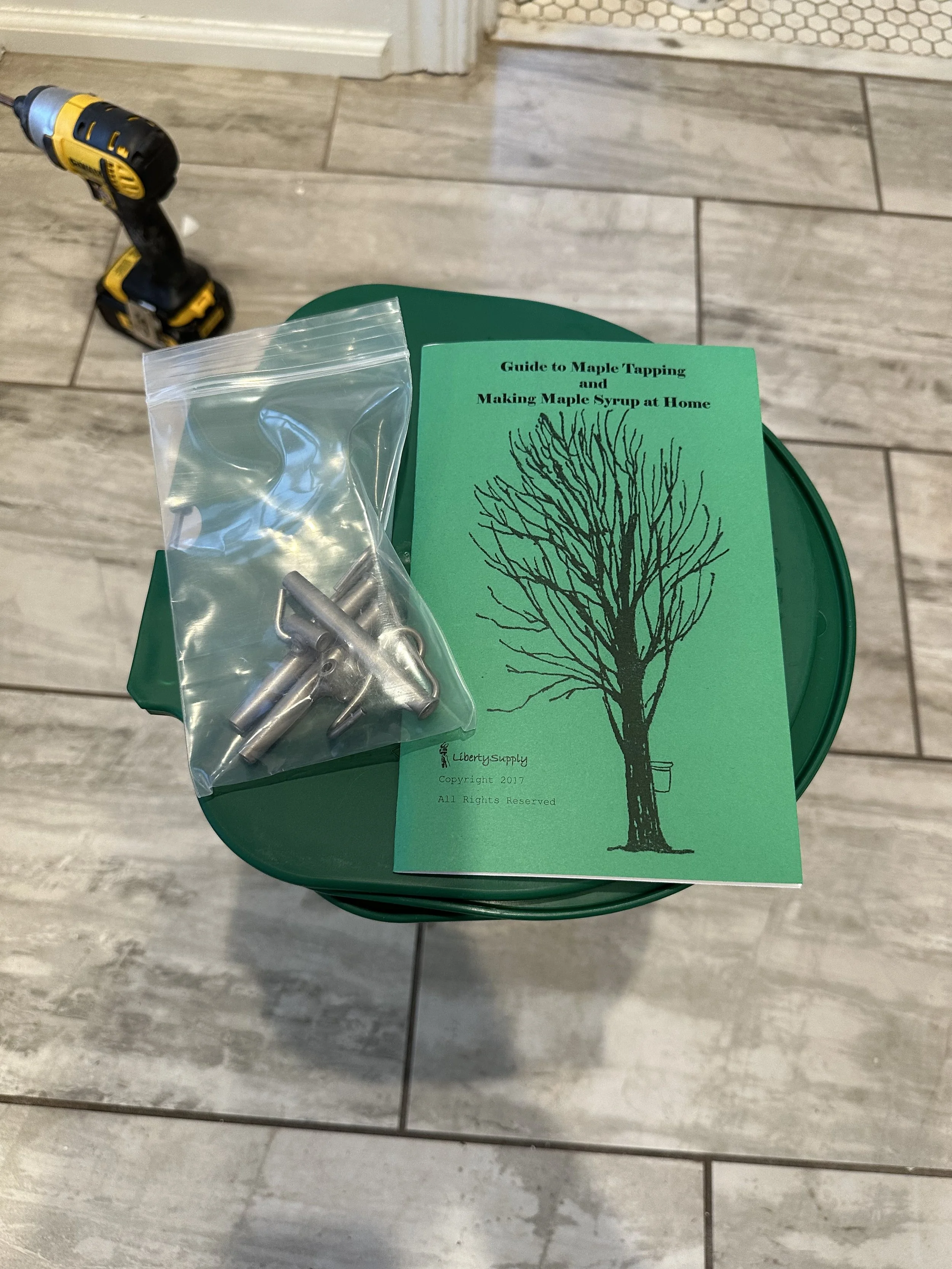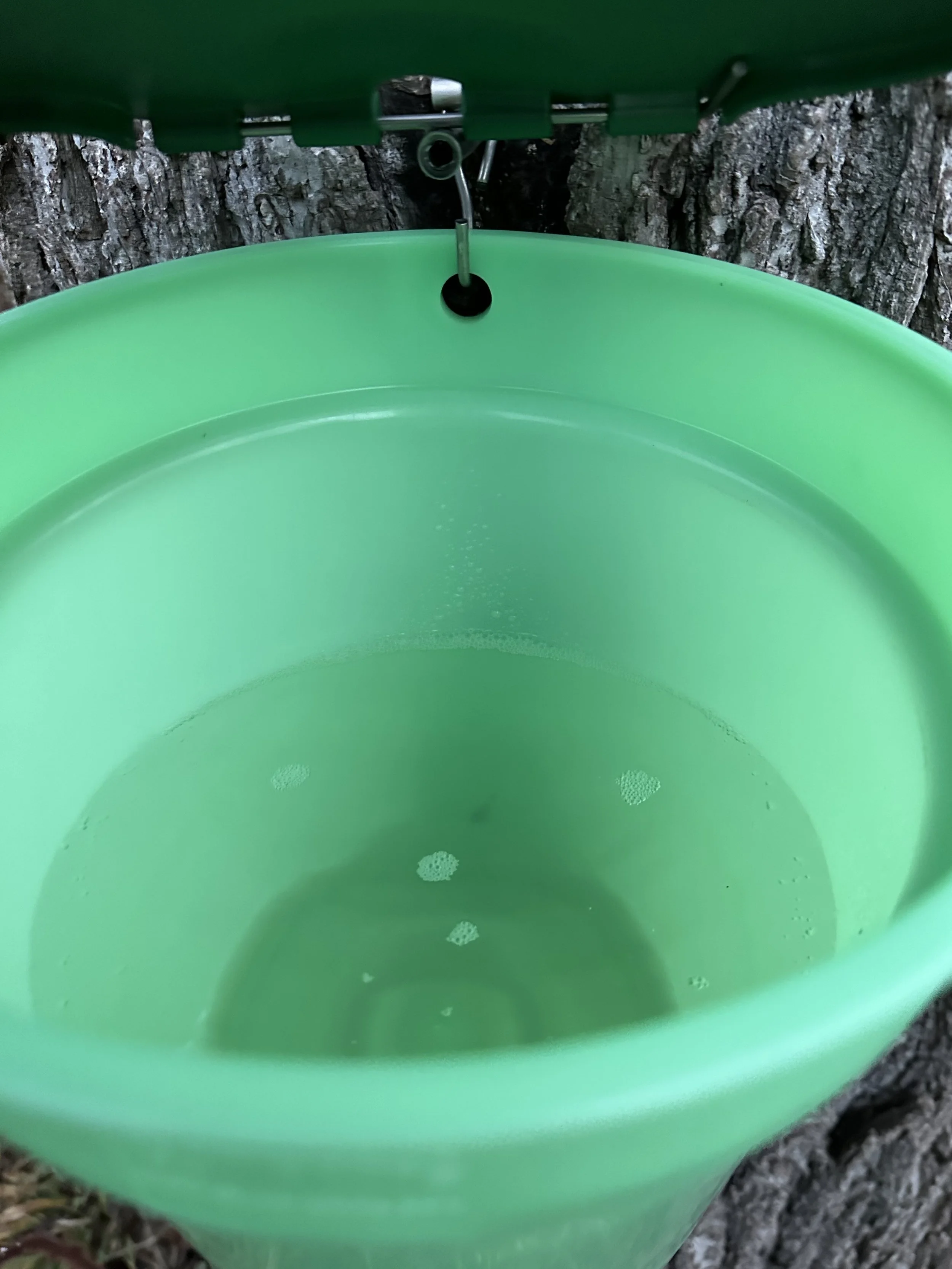Tapping in
The idea of tapping into something is a powerful one. When you look at the first few google results for the phrase “tapping into”, they cover the gamut from physical to spiritual. But even the physical ideas represented there are ones that have a very meaningful connection to the things we rely on most, e.g. the things that hydrate and cleanse us and the things that carry away what we have purged. Just as one can tap into a water or sewer line, one can tap into an electrical line, which is a very direct representation of how we tap into energy.
These ideas are more than just metaphorical when it comes to the idea of tapping into a tree. Trees are tapped in order to capture the sap that starts to flow in the first warm weather of the spring. Two main types of tree sap are xylem sap and phloem sap (remember this from biology class yet?).
From Wikipedia: xylem (blue) carries water from the roots upwards phloem (orange) carries products of photosynthesis from the place of their origin (source) to organs where they are needed (roots, storage organs, flowers, fruits – sink)
Xylem sap moves water and nutrients from the roots toward the leaves of the trees. The first xylem flows in the spring will help the tree prepare for leaf production. Phloem is sap that moves sugars around the tree where they are needed.
When trees are tapped, it’s the xylem sap that is being collected. This sap is full of minerals (copper, zinc, and magnesium) as well as hormones from the tree, and flavor compounds based both on species and the characteristics of where they are growing.
When we tap a tree, we are taking part of its energy for our own use. To do this responsibly means selecting trees that are mature and healthy enough to lose some of their sap without suffering. But a large tree can traffic in hundreds of gallons of water in a day, so taking less than a gallon a day from that tree is unlikely to affect it. But that energy can have a great significance for those using it.
Sugaring season happens during late winter. This time of year drags on many of us, even with plentiful food resources at our disposal. For most of human experience in the northern latitudes, this time of year was one during which the stores of summer and fall are starting to run thin and hunting is difficult with slowing returns. Sap collected from sugaring trees like maples provided a much needed source of carbohydrate calories. They are not the only tree that can be tapped, however. Birch trees were and are tapped throughout North America and Scandinavia. Sap from birch trees is most likely to be drunk directly or lightly fermented, providing a modest amount of calories but a significant source of minerals.
Now, of course, most of the tree tapping happens not because the product of doing so will revive us during the thinnest of seasons. We do it purely because we find it pleasurable. And that is a pleasure reserved mostly for those who can afford the product of a process that is not especially efficient.
Most table syrup on the market has nothing to do with trees; it is corn syrup flavored with maple compounds and colored brown. This is not a statement of judgment. I love table syrup. I love towering stacks of pancakes with viscous buttery syrup slowly dripping down the sides, a la the children’s classic Sheldon’s Lunch.
Sheldon’s Lunch, by Bruce Lemerise. Looook at those beautiful pancakes, on a plate, held by a snake, as a bear, an owl, and a racoon hold their empty plates waiting to be served.
True maple syrup lacks that viscosity. It tastes wonderful, but I’d rather have it in a cocktail or a sauce or as candy or stirred into apple cider, where its flavor can shine. Corn syrup, on the other hand, is …. Also delicious. Corn syrup is in a thousand thousand things I truly love. These:
Marshmallows over a fire. Photo by Leon Contreras on Unsplash ]
These….
A pile of sour gummy worms. Photo by Yes and Studio on Unsplash]
Even these….
Candy corn. Photo by Mary Jane Duford on Unsplash]
Maybe especially those. Yes. Deal with it.
Sorghum, a close relative of corn, is used to make a delicious syrup - prized for its complex, malty flavors along with its thick, molassassy sweetness. Molassassy is my new favorite word, by the way. Molasses - but make it sassy. By the way, if you’ve been wondering how you can be more sassy, check out this detailed WikiHow.
WikiHow to be Sassy - “Can I come over and play with you’re ferret?” “What, I’m a ferret?! RUDE.”
All of this is by way of saying, we really are spoiled for choice of sweet, syrupy things to dress our pancakes with. When we do choose to tap a tree - to impose upon it a gift to us of some measure (however small) of its lifeblood, it should be treated as that. A cherished gift.
The value of this gift no doubt grows as you realize how much work you yourself will need to invest, if you haven’t elected to pay someone else for their time in doing so, to transform buckets of spring xylem into a product that is thickly flavored and tangibly sweet. Historically, this process would have required the sacrifice of yet more trees - the wood that would need to be burned to keep a fire going long enough to condense the sap by forty times. Now the energy comes from electricity (in the US, most likely coal) and is significantly more efficient, energetics-wise. But nonetheless costly.
We’ll pick this up again in a future post on concentration. But let’s continue with tapping in.
As mentioned above, maples are far from the only tree that can be tapped - sweet birch, which we have in abundance in our plot of woods, will be tapped later in the spring. Black walnut trees, on the other hand, start to flow relatively early in the spring. We have a few of these trees around our property - three that I’ve identified, and probably a few more we’ll find further in the woods come spring. We harvested a large quantity of the nuts, which I’ll write about when it happens again in the fall. And you can count on a nocino post coming up, or how to make young spring walnuts into an amaro, or bitter, liqueur. But they are good for tapping, too, a somewhat underutilized native crop.
I have never tried black walnut syrup, in the interest of full disclosure. I’ve read that it is entirely dissimilar to maple syrup, though just as sweet. Other accounts have it as like maple syrup but “more complex”. I believe these are euphemisms from people who did not expect the funkiness of black walnut nutmeats to turn up at the syrup party. Personally, I like the slightly musky flavor, so I’m excited to see where this experiment finds.
I decided to only tap the two of our black walnut trees that are close up on the garden, since both are fully mature and in good health. I was inspired significantly by this post from Carriage House Farms and used a sap collection kit (spiles, hooks, buckets, lids, and a filter) that I found on Amazon - not linking since I’m not sure I like it quite yet.
Today we got a bit of a heat wave, not long after the very cold snap that most of the country experienced right around Christmas. It reached the low-60s, which meant sap was likely to be flowing. The day required seizing, so I got out there with the cordless drill, the rubber hammer, and my spiles, hooks, and buckets.
A stack of buckets with lids, a handful of spiles and hooks, a cordless drill and a booklet.
Tapping the trees was far easier than I expected - you simply drill into the tree using a bit appropriately sized to your spile, tap it in, hang your bucket, and voila. It was almost anti-climactic. But seeing the sap start to run, was anything but. You can see how quickly it started to run, even in the two seconds before I could get the bucket on.
I expect it to take two days or so to collect a gallon’s worth of sap from each tree. If sap is still flowing, I may hang a second bucket out, but it’s going to get cold again soon, which I expect to slow things down. I’ll start with a micro batch. This sap will need to be concentrated by a factor of forty, meaning that four gallons collected now will yield about 12 ounces of syrup. If we like it, we can return for more as the spring warms up again - but by then we will likely be on to the birch trees - and I’ll share about that when we get there.
Update to add: I checked the buckets at about 7:00 this morning, and they are 1/2 and 3/4 full, respectively. I will probably switch them out this afternoon and hope for another 1-2 buckets per tree before the cold comes.
In the meantime, don’t forget to tap into your inner power / spirituality / sewer / feminine energy / self-healing / beer. Whichever you’re looking for today.









